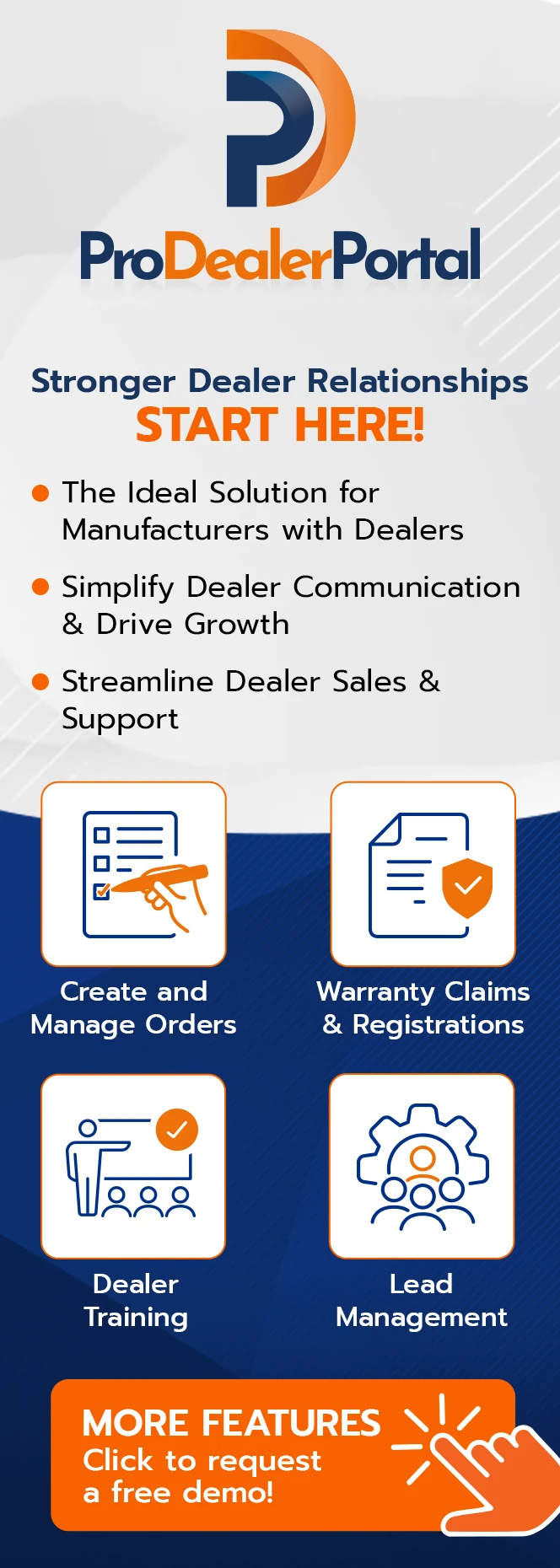Bridging Sales and Marketing with a Marketo Email Marketing Agency: A 2025 Blueprint

It’s the oldest story in the growth playbook. Marketing brings in leads. Sales wants qualified opportunities. Somewhere in between? Leads vanish. Messages get diluted. Timelines slip.
In 2025, when buyers demand hyper-personalization, instant responses, and seamless journeys, this disconnect isn’t only frustrating but also expensive.
This is where Marketo steps in. And where a Marketo marketing agency becomes the architect of alignment, designing systems, campaigns, and processes so sales and marketing finally speak the same language.
By the end of this guide, you’ll learn:
- Why Sales-Marketing alignment is hard, and why it matters more now
- How Marketo can act as the bridge
- Role of a Marketo email marketing agency in enabling this bridge
- How to architect sales-marketing integration via Marketo and agency support
- Key metrics and KPIs to monitor for true alignment
- Challenges and pitfalls to avoid
Why Sales-Marketing alignment is hard, and why it matters more now
More often than not, misalignments happen when teams grow. Here’s what typically happens:
- Marketing launches campaigns, nurtures leads, and throws them over the wall.
- Sales picks up what they can, sometimes too late, sometimes with no context.
- Leads go cold. Follow-ups stall. Nobody knows what worked.
This siloed approach hurts:
- Leads are lost before they’re qualified.
- Messaging fragments, so prospects hear different stories from different teams.
- No feedback loop exists, so marketing continues to generate leads that sales doesn’t want.
And then there are rising demands of 2025: Data, personalization, and speed.
Today’s buyers expect tailored communication across every touchpoint. They want consistency, an email, a sales call, a follow-up ad, all feeling like one continuous conversation. And with automation accelerating buying cycles, every handoff delay or misalignment costs you pipeline velocity and revenue.
Sales and marketing can no longer afford to run in parallel. They need one connected software engine.
Now, let’s see how Marketo acts as the bridge between sales and marketing.
How Marketo can act as the bridge
Marketo isn’t just an email tool. It’s the connective tissue between marketing engagement and sales action.
Here’s how you can do it.
- Through unified lead scoring and qualification models
Instead of marketing guessing when to hand off leads, Marketo lets you:
- Define MQLs and SQLs together, not in silos.
- Score leads based on behavioral signals (webinar attendance, content downloads) and profile data (role, industry, seniority).
- When a lead crosses the threshold, trigger real-time alerts so sales can strike while intent is hot.
Result? Sales talks to the right people at the right time.
- Through shared visibility and CRM integration
When Marketo integrates with your CRM (think Salesforce), both teams see the same data without any blind spots and excuses.
- Marketing sees post-handoff progress.
- Sales sees every campaign, email, and event the lead engaged with before outreach.
No blind spots. No excuses.
- Through activity attribution and touchpoint mapping
Marketo Measure can map sales activities into marketing attribution models, so credit is shared:
- Marketing sees which emails or ads influenced deals.
- Sales sees how their calls and demos factored into multi-touch journeys.
No more “who closed the deal” fights. Everyone sees the full picture.
- Through automated notifications and handoff logic
Leads shouldn’t wait while sales digs through spreadsheets. Marketo helps in triggering:
- Instant notifications when leads hit MQL thresholds
- Automated lead assignments to the right rep or territory
- Follow-up workflows so no lead falls through the cracks
Now, let’s see what difference a Marketo email marketing agency creates in bridging the gap between sales and marketing.
Role of a Marketo email marketing agency in enabling this bridge
Most teams buy Marketo. Few use it to its full potential. That’s where a Marketo email marketing agency changes the game.
Here is what an agency brings to the table.
- Strategy and governance setup
Agencies help you:
- Define lead stages and handoff SLAs
- Set up naming conventions, folder structures, and documentation
- Create alignment workshops so sales and marketing start with one blueprint
This foundation prevents chaos as campaigns scale.
- Technical implementation and best practices
A good agency builds the engine right:
- Smart campaigns
- Dynamic content
- Trigger-based workflows
- Sales activity attribution
All integrated. All documented. All scalable.
- Reporting and analytics across channels
Agencies design dashboards that blend:
- Marketing engagement data
- Sales activity data
- Attribution metrics
So leadership sees one source of truth for pipeline impact.
- Ongoing optimization and feedback loops
Once live, agencies monitor:
- Which campaigns deliver sales-ready leads
- Where scoring thresholds need adjustment
- How fast do sales follow up after MQL handoff
It’s continuous improvement, not “set and forget.”
Now, let’s discuss the blueprint of architecting sales-marketing automation via Marketo.
How to architect sales-marketing integration via Marketo and agency support
Let’s break this into four phases.
Phase 1 – Alignment and planning
- Host joint workshops for sales + marketing
- Define MQL/SQL criteria, handoff SLAs, and attribution rules
- Document buyer journeys and lead lifecycle stages
This ensures shared definitions before tech setup begins.
Phase 2 – Implementation and syncing systems
- Connect Marketo ↔ CRM with two-way sync rules
- Build lead scoring models in Marketo
- Set up email nurtures, alerts, and workflows for smooth handoffs
Phase 3 – Attribution and sales activity integration
- Configure Marketo Measure to capture both marketing and sales touches
- Attribute pipeline and revenue to the full buyer journey, not isolated moments
Phase 4 – Optimization and continuous alignment
- Monthly or quarterly reviews with both teams
- Adjust scoring, content, and routing rules based on data
- Expand personalization as insights grow
Need some advanced tips? We have got you covered.
Key metrics and KPIs to monitor for true alignment
Measure what matters. Not the mundane tracking anymore.
Here are some key metrics to track.
- MQL → SQL conversion rate
- Time-to-handoff latency (lead capture → sales follow-up)
- Win rate on marketing-qualified opportunities
- Attribution impact: campaigns + sales touches on revenue
- Pipeline contribution by marketing and sales activities
But the grass won’t always be greener on the other side. You are bound to face some challenges as well.
Challenges and pitfalls to avoid
Here are some of the challenges you need to overcome.
- Misaligned definitions: If MQL vs SQL criteria aren’t clear, chaos follows.
- Overcomplicated workflows: Keep scoring and routing logic simple at first.
- Dirty data: Duplicates, missing fields, and bad syncs kill automation.
- Siloed communication: Alignment fails if sales and marketing stop talking.
- Attribution conflicts: Solve with multi-touch models, not opinions.
Also, here are some quick tips to help you overcome these challenges.
- Start small: Pilot one campaign before scaling.
- Document everything: SLAs, scoring rules, and workflows.
- Review regularly: Monthly alignment meetings prevent drift.
- Share credit: Marketing + sales win together when attribution is transparent.
And most importantly: Treat Marketo not as software, but as the operating system for revenue alignment.
Wrapping up
That brings us to the business end of this article, where it’s fair to say that in 2025, buyers expect speed, personalization, and consistency.
That only happens when sales and marketing work as one cohesive revenue team, with Marketo serving as the bridge and a skilled agency acting as the architect.
It’s time to ask:
- Are our sales and marketing teams truly aligned?
- Is our tech stack built for visibility, automation, and shared goals?
- Do we need expert guidance to make this work?
Because alignment isn’t a “nice-to-have” anymore, it’s the difference between growth plateaus and predictable pipeline acceleration.
Start the conversation. Explore Marketo agency partnerships. Build the bridge your revenue teams have been waiting for.
